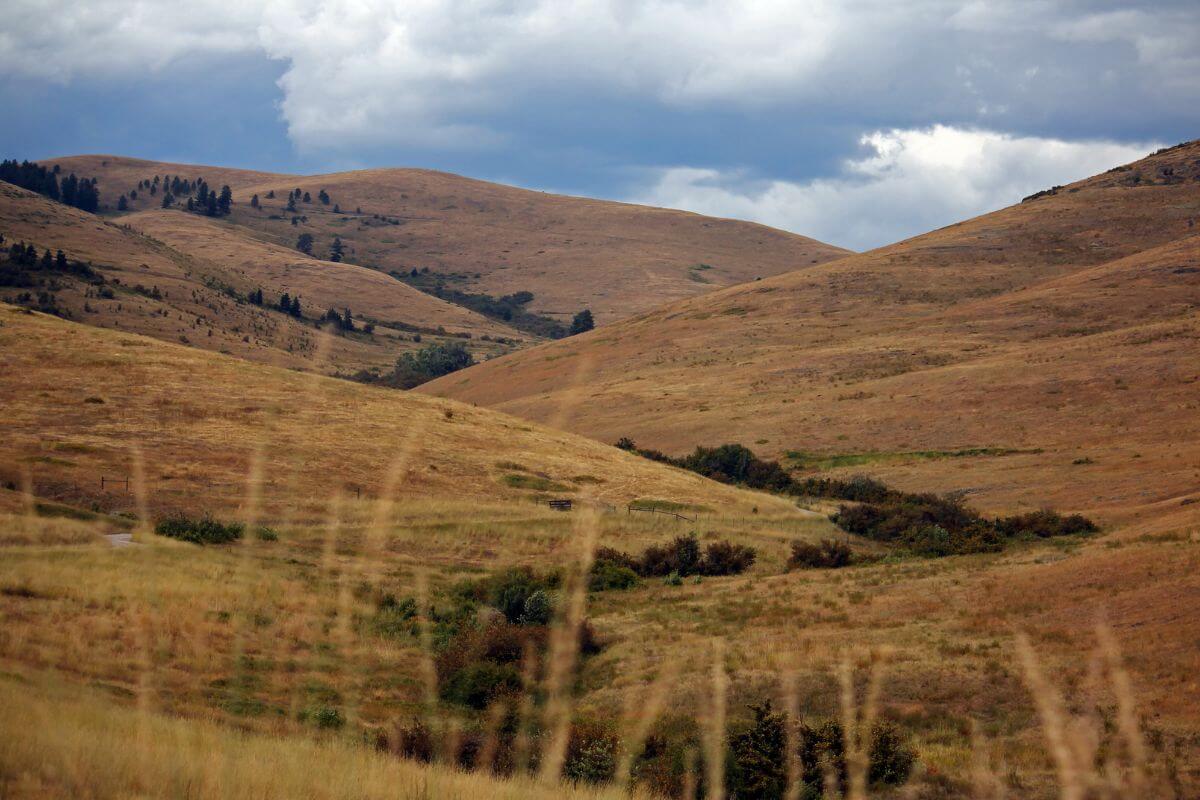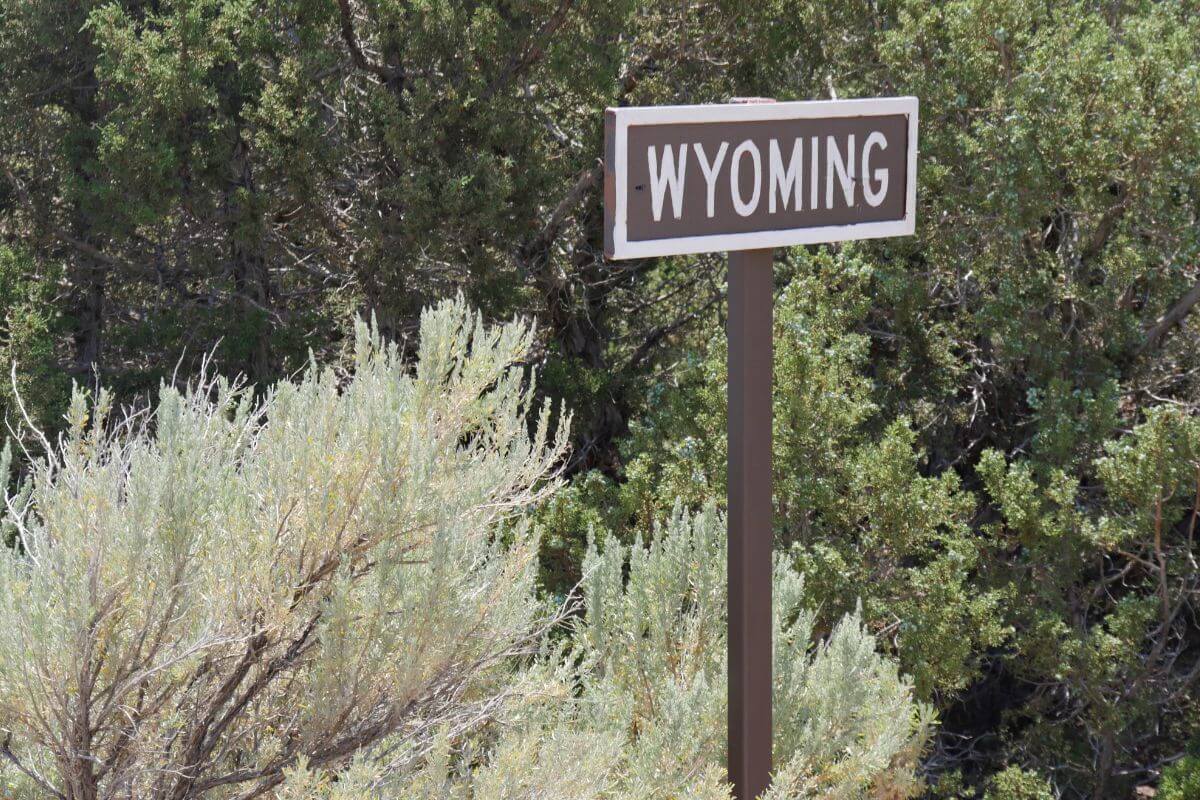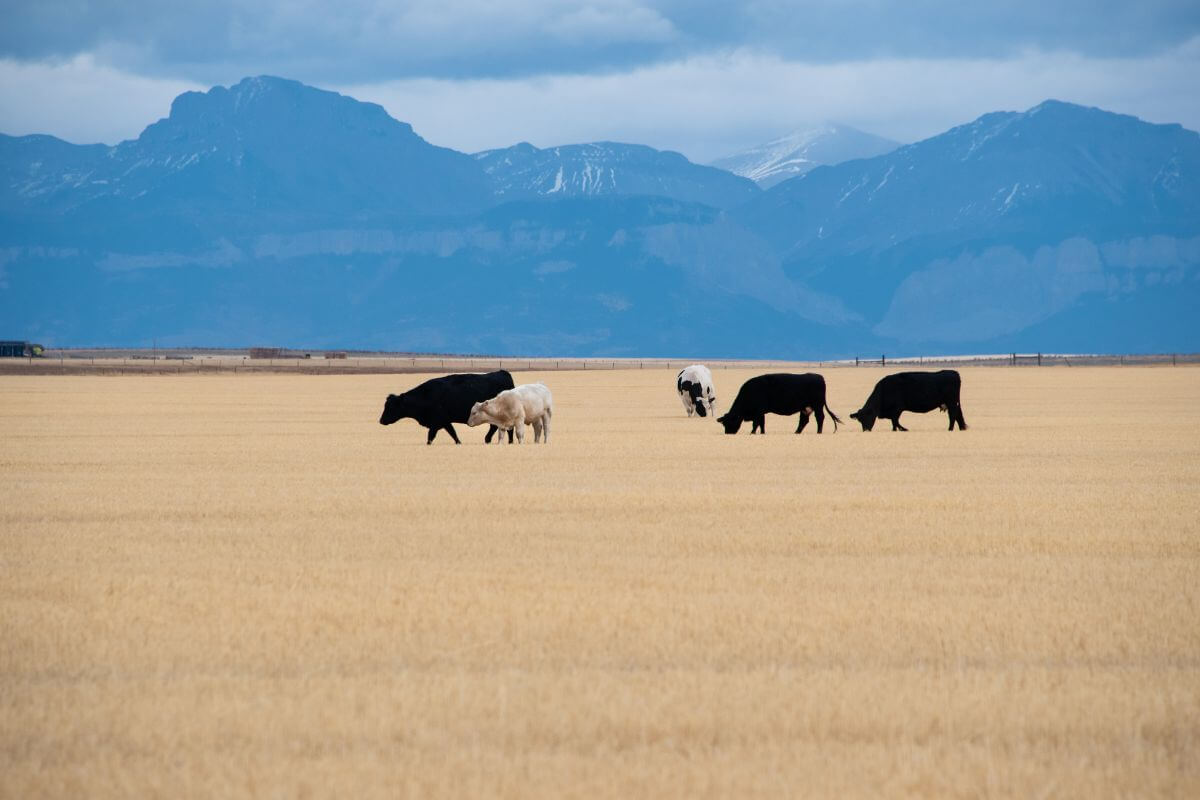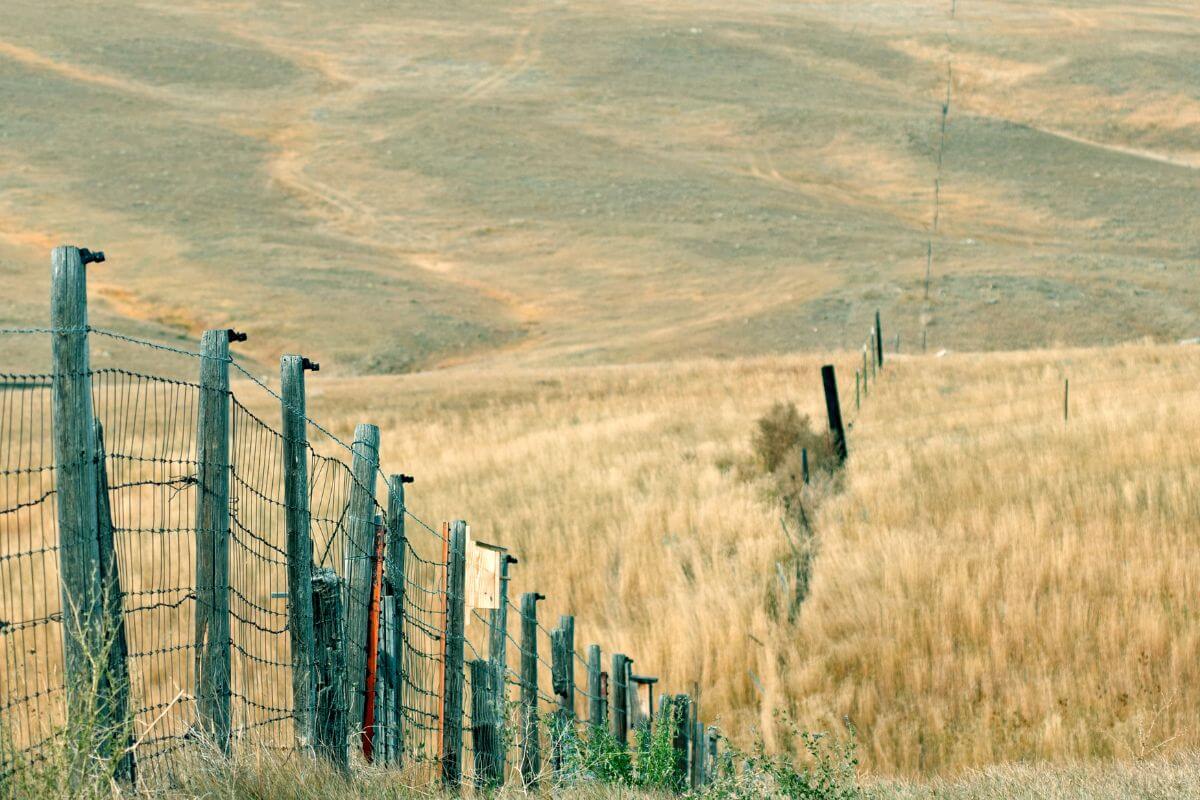Montana is known for its stunning landscapes, wildlife, and outdoor recreation opportunities.
Is Montana landlocked? Yes, it is. Big Sky Country does not border any ocean or sea and is surrounded by other states.
This may not seem a significant issue at first glance, but it has some implications for the state’s ground and accessibility.
In this article, I’ll discuss Montana’s landlocked status and its impact on public and private lands and hunting season.
Whether you are a local resident or planning to visit Montana, understanding the state’s landlocked status is crucial for anyone looking to access sections of land for adventures or invest in it.
- Related article: Find Montana
So grab a cup of coffee, sit back, and discover why Montana’s landlocked status is a topic worth exploring.
Montana: A Landlocked State in the Northwestern United States

As a landlocked state in the Northwestern United States, Montana lacks direct access to coastlines or bodies of water.
The lack of coastal or waterway access can have significant implications for trade, transportation, and economic activities, which may limit the ease of international commerce and maritime connections.
Being a landlocked parcel isolates a state from valuable marine resources like fishing. It hinders or blocks the direct reach of maritime commerce, a vital element for economic and societal progress.
Montana’s landlocked status affects the accessibility of private and public grounds, public roads, and waterways.
Tracts of land in the state can be landlocked with gated roads, making them inaccessible without crossing private property.
These grounds may require permission from neighboring landowners to access them. With a high percentage of private lands, access to public lands and bodies of water can be challenging.
However, Montana has implemented policies and programs to promote land access and conservation efforts, balancing private property rights with publicly accessible land.
Montana Landlocked Status and Bordering States

Montana borders three Canadian provinces to the north, Idaho to the west, Wyoming to the south, and North and South Dakota to the east.
- Learn more about the Neighboring States of Montana
The Canadian provinces to the north of the state are Alberta, British Columbia, and Saskatchewan. They are the northern neighbors and share a vast and rugged terrain.
Montana’s landlocked status impacts its access to waterways and ports, making it a challenge for the state’s economy.
The state’s private terrain and landlocked acres limit fishing opportunities and other water activities, and the additional cost of obtaining land access can be a hurdle for outdoor recreation.
Even with millions of acres of public grounds available, inaccessible acres in private ownership can restrict access.
Montana Landlocked Public Lands

There are 1.9 million landlocked acres of public lands in Montana that are inaccessible due to their location behind private properties, making it a challenge to public access for hunting.
While respecting private property rights is critical, it is crucial to find a way to balance these rights with public access and enjoyment of resources.
Traditional access through personal relationships between landowners and hunters has diminished due to changing landownership patterns and urban hunters’ lack of community connections.
Some landowners have close access to prioritize outfitters and maintain preferential treatment, effectively privatizing wildlife on public grounds.
Outfitters have leased millions of acres of private land in Montana for commercial hunting, with a substantial portion of it located near public lands. This creates strain in landowner-sportsmen relations.
In the past, the issue of landlocked ground was less significant because landowners frequently allowed hunters access to their property.
However, as ownership patterns have changed, hunters and anglers are increasingly encountering restricted access, indicated by no-trespassing signs and gated roads.
The presence of landlocked lands has become a significant barrier to hunting and fishing activities.
It is essential to strike a balance that benefits everyone and preserves Montana’s natural resources for future generations.
Montana Access to Public Lands

Montana’s “Unlocking Public Lands” and “Block Management Program” enable public access to federal lands surrounded by private properties, ensuring that people can enjoy Montana’s beauty.
Enrolled landowners must permit passage through their private properties to reach public grounds, offering opportunities for outdoor activities like hiking and camping.
One notable feature of the Unlocking Public Lands is the tax incentives it offers to landowners who participate. Successful applicants will receive tax credits of up to $3,000.
The duration of public access regulation is another attractive feature of the program. It guarantees at least 6 months and 1 day of public access from June 30 to December 31.
Collaboration with landowners is key in resolving access issues in landlocked state lands.
The Unlocking Public Lands program has been successful in securing legal access for outdoor recreationists, considering the interests of both private landowners and the federal government.
Montana: A Landlocked State Final Thoughts

Montana is situated in the Northwestern United States without direct access to coastlines or bodies of water has important consequences for trade, transportation, and economic activities.
Montana’s landlocked status restricts its ability to engage in international trade and establish maritime connections, as it lacks direct routes to the sea.
Moreover, Montana’s landlocked condition hampers the ease of access to both private and public grounds, access roads, and waterways.
In order to reach landlocked areas, individuals must obtain permission from neighboring landowners.
Montana has implemented various policies and programs, such as the “Unlocking Public Lands” initiative, to foster land access and conservation endeavors.
This program makes federal lands enclosed by private properties accessible to the public, and participating landowners receive tax incentives.
Successful collaboration between private landowners and the government is crucial for balancing property rights and public access, preserving Montana’s natural resources for future generations.
Montana Landlocked Status FAQs
1. What U.S. States Are Single-Landlocked?
There are sixteen states in the U.S. that are single-landlocked, meaning they are not directly connected to any ocean or port due to the presence of another state or Canadian province.
These states include Arizona, Arkansas, Idaho, Kentucky, Michigan, Minnesota, Montana, Nevada, New Mexico, North Dakota, Ohio, Oklahoma, Pennsylvania, Tennessee, Vermont, and West Virginia.
2. What U.S. States Are Double-Landlocked?
A double landlocked country is a country that is surrounded by landlocked countries.
There are 10 states that lack direct access to an ocean or port due to neighboring states or Canadian provinces obstructing their path.
These states include Colorado, Illinois, Indiana, Iowa, Kansas, Missouri, South Dakota, Utah, Wisconsin, and Wyoming.
3. What U.S. States Are Triple-Landlocked?
Nebraska is the only triple-landlocked state in the U.S. That means that you have to travel through at least three forms (or two states and a Canadian province) to reach an ocean.
4. What U.S. States Are Not Landlocked?
There are a total of 23 states that possess immediate access to the ocean.
These states include Alaska, Hawai’i, Washington, Oregon, California, Texas, Louisiana, Alabama, Florida, Georgia, South Carolina, North Carolina, Virginia, Maryland, Delaware, New Jersey, Mississippi, New York, Connecticut, Rhode Island, Massachusetts, New Hampshire, and Maine.
5. What Is the Largest Landlocked State in the United States?
Montana, referred to as The Treasure State and Big Sky Country, is the fourth largest state in the United States and the largest landlocked state land.
If you’re interested in diving deeper into Montana, stay involved with these articles:
- The Dry Side of Montana
- Is Montana in the Midwest
- Montana’s Border With Canada
- Montana’s Terrain Overview
- https://mhs.mt.gov/education/Elementary/Chap1.pdf
- https://www.fischer.senate.gov/public/index.cfm/2018/2/the-uss-omaha
- https://digital.sandiego.edu/cgi/viewcontent.cgi?article=2083&context=sdlr
- https://fwp.mt.gov/aboutfwp/access/unlocking-public-lands
- https://montanawildlife.org/wp-content/uploads/2014/11/MWF-PLWA-Roadblocked-Report.pdf

